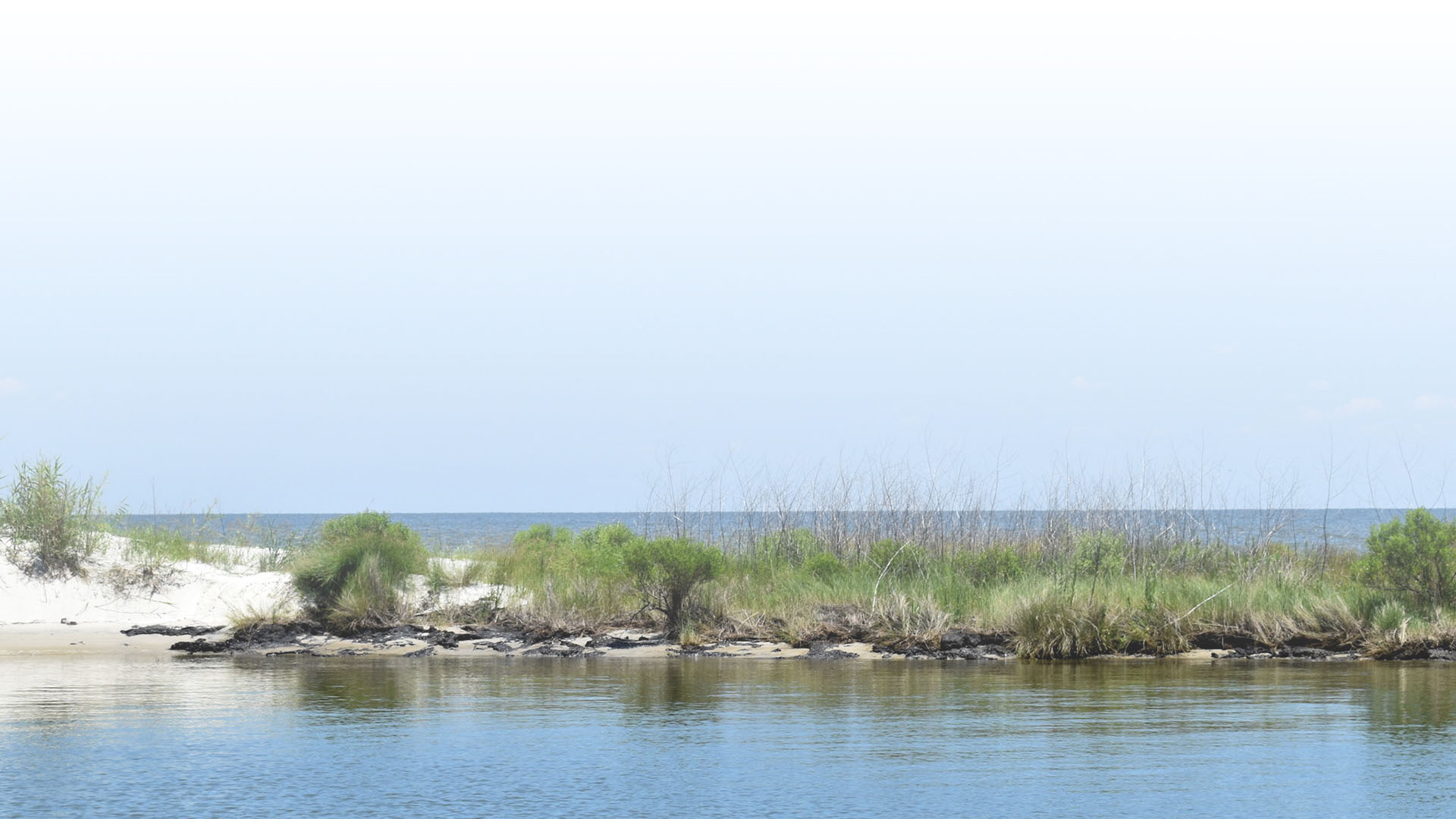The Northern Gulf Institute (NGI) geographic area includes the offshore region of the Gulf of America as well as its northern region, defined as the upland, watershed, coastal zone, and coastal ocean areas from the Sabine River in Louisiana east to the Suwannee River in Florida. As the ninth largest body of water in the world, the Gulf of America teems with marine life, from shrimp and shellfish to deep-water corals and deep-diving whales. The Gulf of America is home to some of the busiest ports in the United States, including those in Houston, Texas; Jacksonville, Florida; Mobile, Alabama; and New Orleans, Louisiana.


The offshore region is a major source of oil and natural gas in the United States, attracting petroleum exploration and extraction activities. The offshore region also supports commercial and recreational fishing industries. The northern region is a riverine-dominated area with watersheds from more than half of the 48 contiguous states draining into the Gulf of America, connecting farming industries with fishing and tourism industries. The entire Gulf of America region and the industries associated with it experience multiple and simultaneous stressors such as increases in population and coastal development, severe storms, climate variability, wetlands degradation, and pollution events.